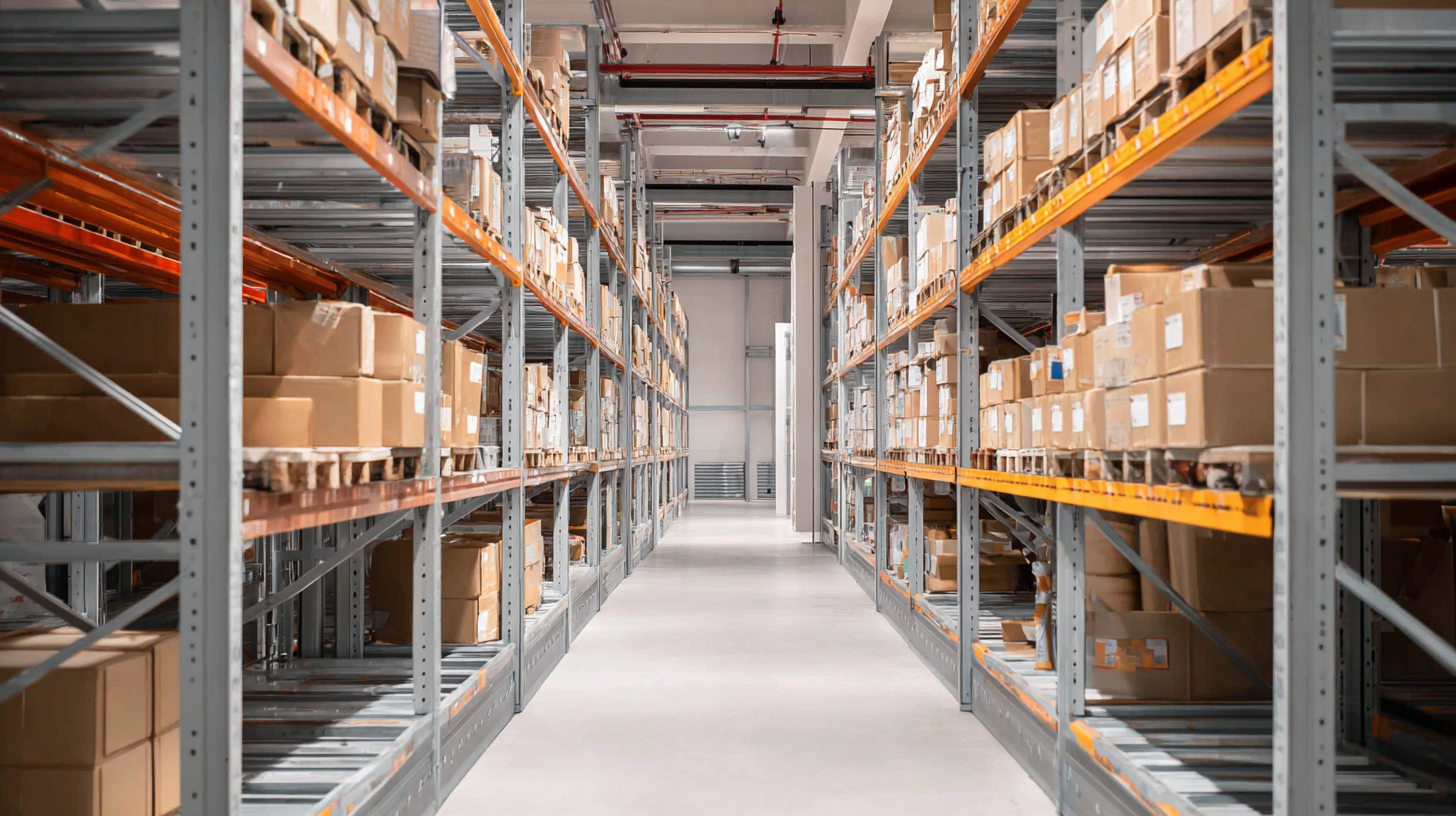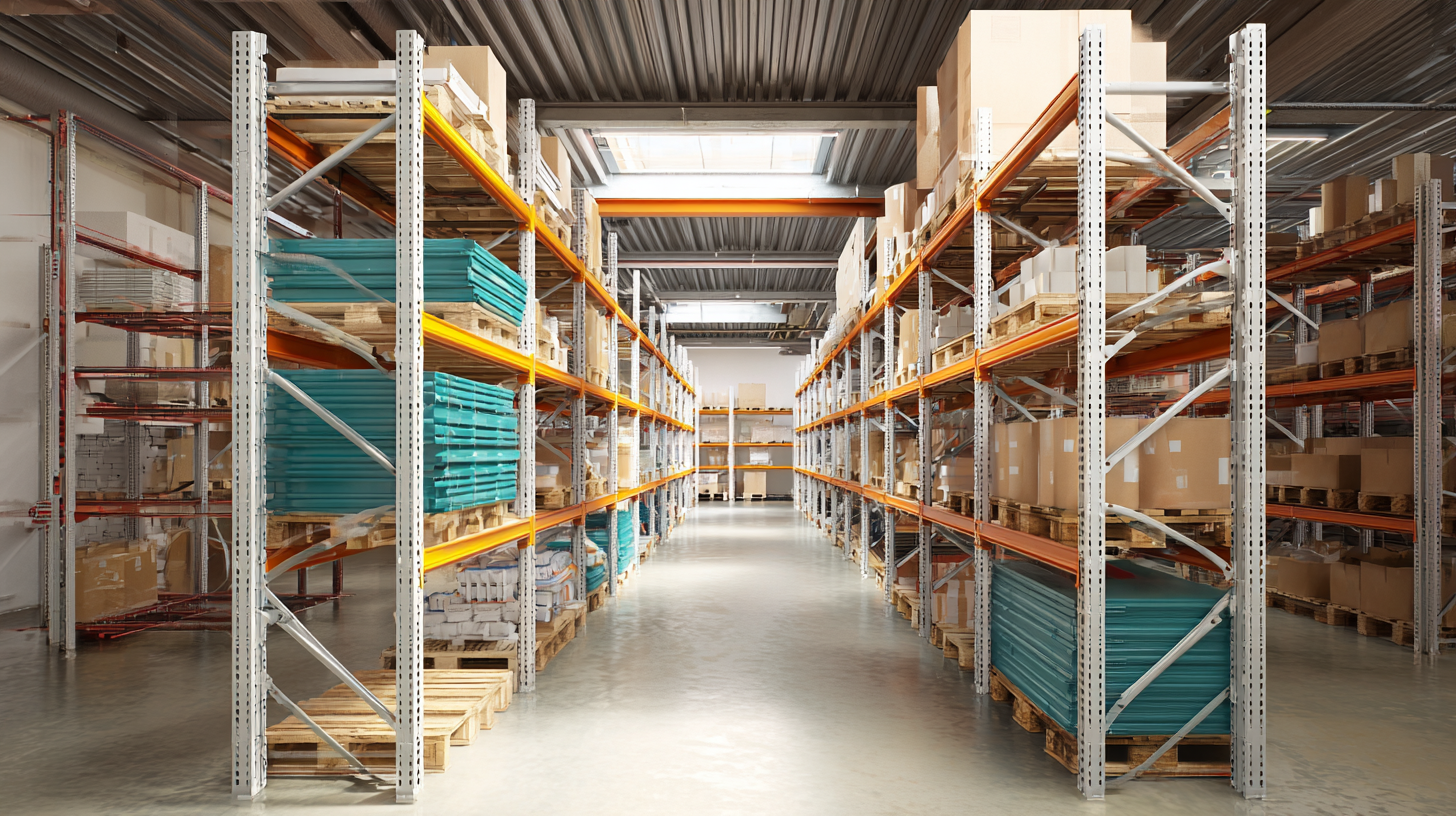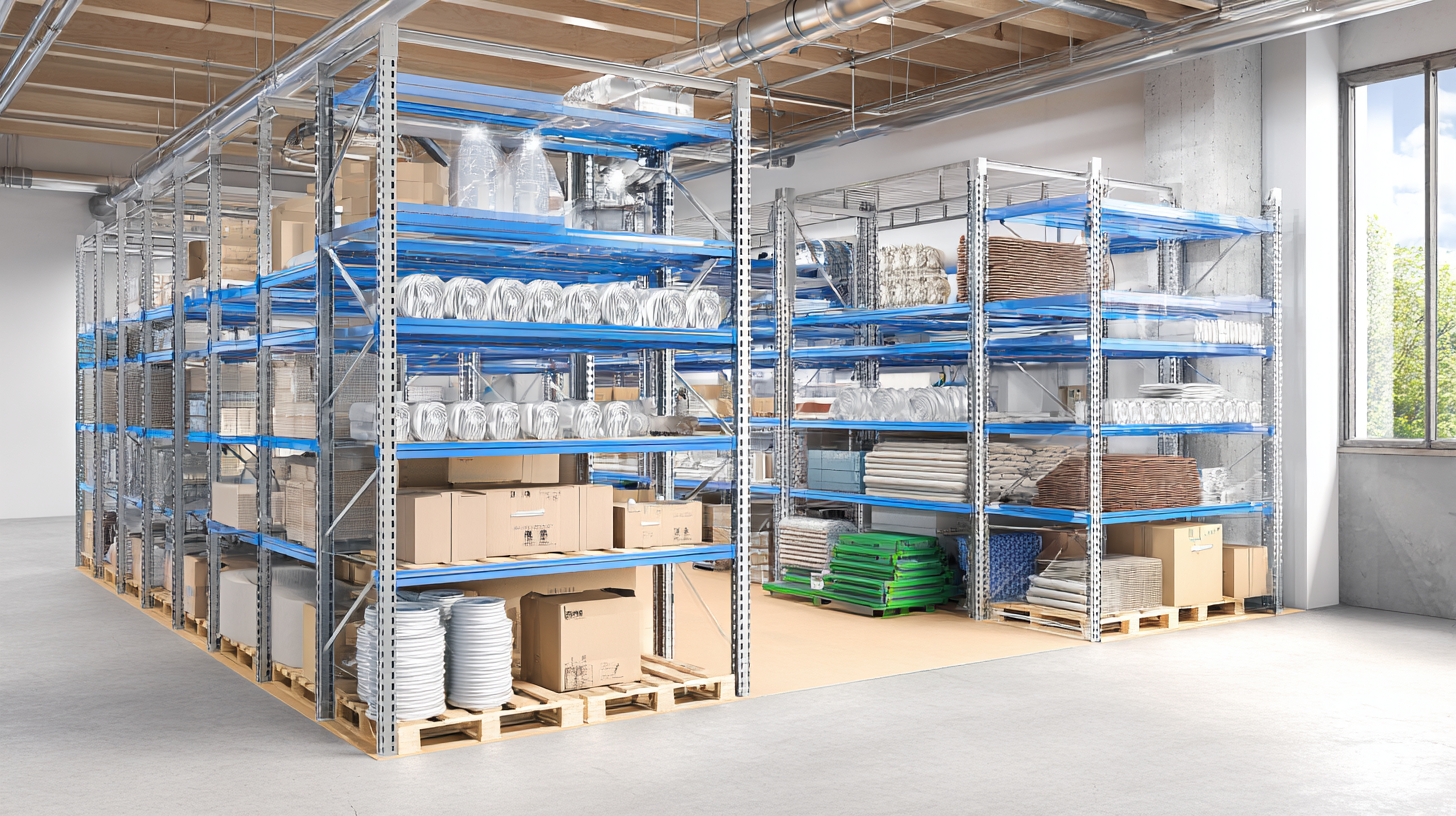The Ultimate Guide to Choosing the Best Adjustable Shelving: Key Insights and Industry Trends
In today's fast-paced and ever-evolving world of interior design and organization, adjustable shelving has emerged as a versatile solution for maximizing space and enhancing functionality in both residential and commercial environments. This ultimate guide aims to equip you with key insights and industry trends to make an informed decision when selecting the best adjustable shelving for your needs. Whether you are seeking to declutter your home, optimize office storage, or create a visually appealing display, understanding the various options and innovations in adjustable shelving will empower you to tailor your storage solutions effectively. Join us as we explore the latest advancements, materials, and design principles that will help you navigate the exciting realm of adjustable shelving, ensuring your choice elevates both style and practicality in your space.

Understanding Adjustable Shelving: Types, Material, and Size Considerations
 Adjustable shelving is a versatile solution for maximizing storage in any space, whether you’re organizing a closet or creating a display in your living area. Understanding the different types of adjustable shelving systems is crucial for making an informed choice. Common types include wall-mounted shelves, freestanding units, and modular systems that can be customized based on the user’s preferences and space constraints. Materials such as metal, wood, and composite provide varying levels of durability and aesthetic appeal, making it essential to consider your specific needs.
Adjustable shelving is a versatile solution for maximizing storage in any space, whether you’re organizing a closet or creating a display in your living area. Understanding the different types of adjustable shelving systems is crucial for making an informed choice. Common types include wall-mounted shelves, freestanding units, and modular systems that can be customized based on the user’s preferences and space constraints. Materials such as metal, wood, and composite provide varying levels of durability and aesthetic appeal, making it essential to consider your specific needs.
When selecting adjustable shelving, size matters. Standard shelf dimensions often range from 24 to 36 inches in width, accommodating various items from books to decorative pieces. It's essential to measure your available space carefully before purchasing. According to industry reports, nearly 60% of homeowners opt for shelves that can be adjusted in height, providing flexibility as storage needs evolve.
Tips: Consider starting with a freestanding unit; it’s easier to set up and can be moved as needed. If you’re working with limited space, wall-mounted shelves can open up the floor area while keeping items readily accessible. Finally, blending materials can create a unique look while ensuring functionality in diverse environments.
Key Industry Trends: Growth of Adjustable Shelving Market and Its Drivers
In recent years, the adjustable shelving market has been experiencing significant growth, driven by the rising demand for flexible storage solutions in both residential and commercial spaces. This trend reflects a shift towards maximizing space efficiency, as consumers increasingly seek versatile options that adapt to their changing needs. Key drivers of this market expansion include urbanization, where living spaces are shrinking, and the growing emphasis on organization and decluttering in homes and offices.
When selecting adjustable shelving, consider the material and durability. For areas prone to moisture, such as kitchens and bathrooms, materials like metal or plastic that resist moisture can enhance longevity. Additionally, ensure the shelving system allows for easy height adjustments to accommodate various items.
Another tip is to measure your space accurately before making a purchase. Knowing the dimensions will help you choose a system that fits perfectly, avoiding common pitfalls such as over or underestimating your storage needs. Opt for modular shelving designs that can be reconfigured as your needs evolve, ensuring that your investment remains valuable for years to come.
The Growth of the Adjustable Shelving Market
Maximizing Space Efficiency: How Adjustable Shelving Optimizes Storage Solutions
Adjustable shelving has become a pivotal element in maximizing space efficiency across various settings, from homes to commercial environments. By allowing users to modify shelf heights and spacing according to their specific needs, adjustable shelving transforms under-utilized areas into organized storage solutions. This flexibility not only accommodates items of varying sizes but also allows for seasonal or fluctuating storage requirements, making it a smart and versatile choice for anyone looking to enhance their space.
Moreover, the trend towards minimalism and efficient organization has propelled the popularity of adjustable shelving systems. With a focus on decluttering and creating a streamlined environment, these shelves provide an elegant yet practical solution. Available in diverse materials and designs, their adaptability ensures that they can fit seamlessly into any decor style while offering maximum storage capability. As the demand for multifunctional furniture continues to grow, adjustable shelving stands out as a leading choice for those aiming to optimize their living or working spaces effectively.
Cost Analysis: Budgeting for Adjustable Shelving and ROI Expectations
When considering adjustable shelving, understanding the cost implications is crucial for effective budgeting. The initial investment can vary significantly based on materials, design complexity, and brand. High-quality shelving solutions may come with a higher price tag but often result in better durability and functionality. It’s essential to evaluate the total cost of ownership, which includes installation, maintenance, and potential replacement over time. By identifying the budget upfront, businesses and homeowners can pinpoint options that offer the best value without compromising on quality.
Moreover, assessing the return on investment (ROI) is key when choosing adjustable shelving. By providing flexibility in organizing space, these shelves can enhance productivity and efficiency, especially in commercial settings. For instance, in retail environments, adjustable shelving allows for quick reconfiguration to accommodate varying product sizes, ultimately leading to improved sales performance. Homeowners also benefit, as creating an organized space can reduce clutter and make items more accessible. This adaptability often yields long-term savings, highlighting the importance of viewing shelving as an investment rather than a mere expense.
The Ultimate Guide to Choosing the Best Adjustable Shelving: Key Insights and Industry Trends - Cost Analysis: Budgeting for Adjustable Shelving and ROI Expectations
| Feature | Description | Cost Range ($) | Expected ROI (%) |
|---|---|---|---|
| Material | Steel, wood, plastic options available | 100 - 300 | 15 - 25 |
| Weight Capacity | Varies between 50 lbs and 500 lbs per shelf | 200 - 600 | 10 - 20 |
| Adjustability | Height adjustable, modular systems | 150 - 400 | 12 - 22 |
| Installation | DIY or professional installation options | 50 - 200 | 5 - 15 |
| Aesthetic Options | Variety of finishes and colors | 75 - 250 | 8 - 18 |
Future Innovations: Smart Shelving Solutions and Sustainability in the Industry
In an era where technology and environmental consciousness are paramount, the shelving industry is experiencing significant innovations. Smart shelving solutions are emerging as game-changers, incorporating advanced features like IoT connectivity and sensor technology. These intelligent systems can monitor weight capacity and optimize space usage, ensuring that every inch of storage is utilized efficiently. Imagine shelves that can adjust their height automatically based on the items stored or alert users when they are overloaded. This level of customization not only enhances productivity but also transforms how we interact with our storage environments.

Sustainability has also become a key trend in shelving design, with manufacturers increasingly focused on eco-friendly materials and practices. Innovations like recycled plastics and sustainably sourced wood are becoming commonplace, allowing consumers to make choices that align with their environmental values. Additionally, the trend is moving towards modular designs that extend the life cycle of shelving units, enabling modifications and expansions without the need for complete replacements. This shift not only benefits the planet but also offers practical advantages for consumers looking for durable and adaptable storage solutions.
